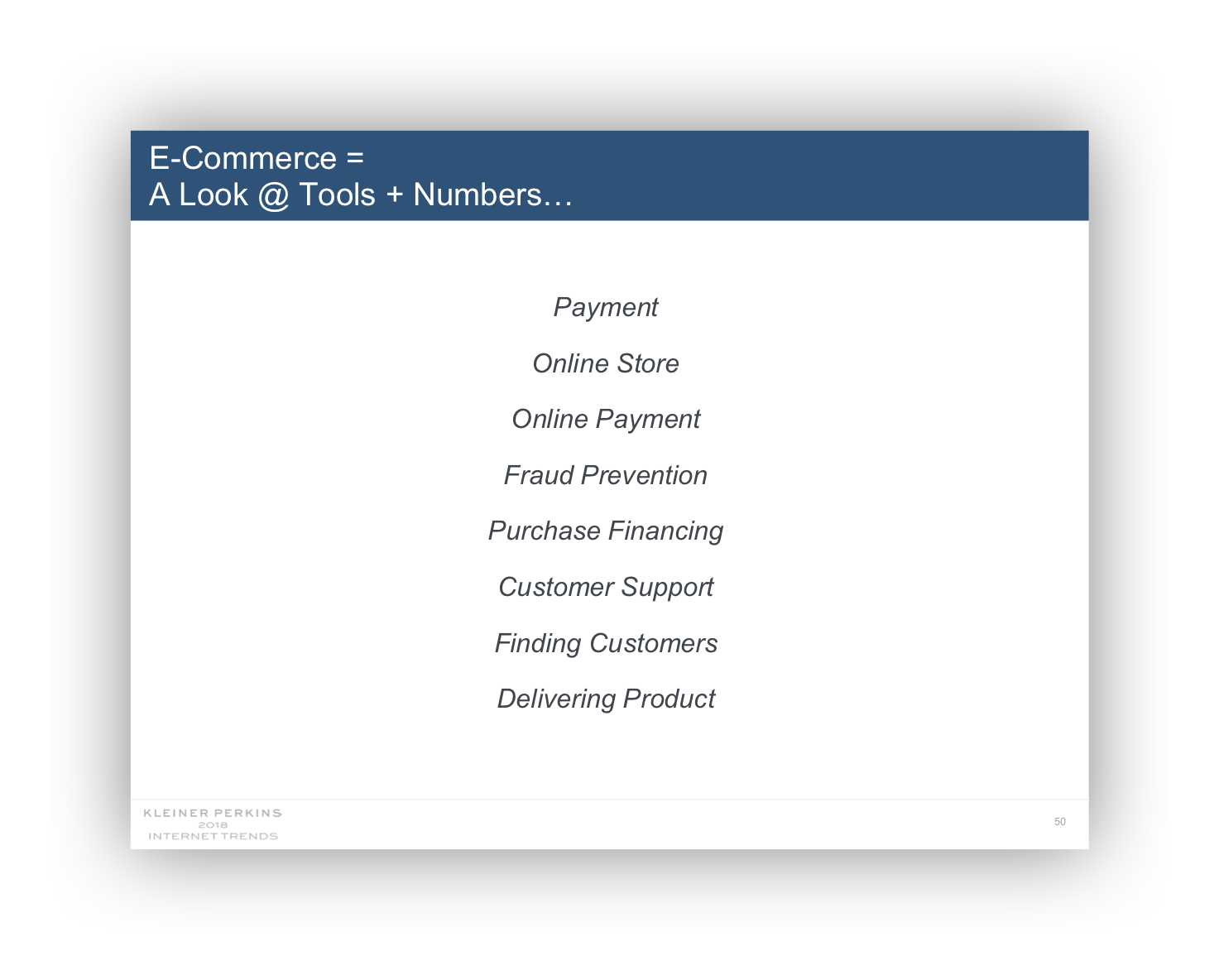After reading Alibaba: The House that Jack Ma Built with a friend, we decided to get together for a discussion with the old #StartupCoffeeKL group to go over some of our learnings. For me, the biggest takeaway was the impact Alibaba was having on the financial world. As Mary Meeker points out in the 2018 Internet Trends report, eCommerce is the culmination of a number of verticals, and Alibaba has been innovating in all of them.

For the eCommerce giant fintech may have started merely with payment transactions, but soon turned into other offerings and eventually was turned into Alipay (2004) and then (controversially) Ant Financial (2010). The whole battle over the wallet is playing out very differently in China and is fascinating to learn about. The mix of heavily regulated banking infrastructure and wide population of unbanked has made for a dynamic context. But Alibaba has been aggressive in gaining a foothold in other markets too. Alipay has bought into Mynt in the Philippines, Ascend Money in Thailand, and in 2017 Alibaba took a $200B (40%) stake in KakaoPay, the payment arm of Korean chat giant KakaoTalk. Alibaba’s messaging platform is not that popular so it is is interesting to see them take a stake in a different platform to get the kind of business intelligence Tencent is getting from WeChat. In preparations for the Olympics, and to accommodate the massive amounts of Chinese tourists in Japan, Alipay has made huge strides, going from about 50K retailers in 2018 to more than 300K. But they are not stopping there, and are looking to bring their partners along too.
Other companies are getting in on the act. Tony Fernandes’ AirAsia is trying to make the switch from a low cost airline to a data company and has spun out BigPay. Hear him talk about this shift in this short CNBC interview.

It is interesting to see how these payment products are being born out of other data-intensive businesses. I am not sure if you can built a payments company from the ground up with no data anymore. Grab and Gojek in Southeast Asia are also examples of this. They are both covered in this month’s fintech special report from The Economist which I recommend. Two small tidbits from that special I would like to highlight:
This quote from Singapore about competition shows that not all models are the same:
“As a public policymaker, we are working with banks to rationalise their costs, and create a level playing field for them to compete with non-regulated entities.”
This approach has had the desired consequence: fintechs in Singapore have largely shifted from offering services to consumers to offering digital services to banks.
Secondly, from the same article, I found this comment about Ant Financial by Piyush Gupta, the chief executive of DBS, Singapore’s biggest bank illustrative:
“They are getting the customer relationship and the data to create value, and then passing the regulated part of the activity to banks.”
It makes me wonder, are we seeing another Uber-style disruption in the offing? You already know how I feel about that…
In conclusion fintech in Asia is a boom that has been going on for a while but just got on my radar this year. Payments seems to be a vertical on fire (think of even Apple getting into it with their own card earlier this year), but it is not one that I fully understand. And in Asia we have a very dynamic lab that we in North America could learn from. I certainly intend to continue learning about it.

